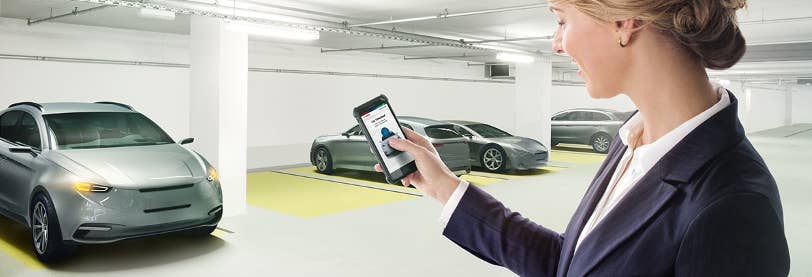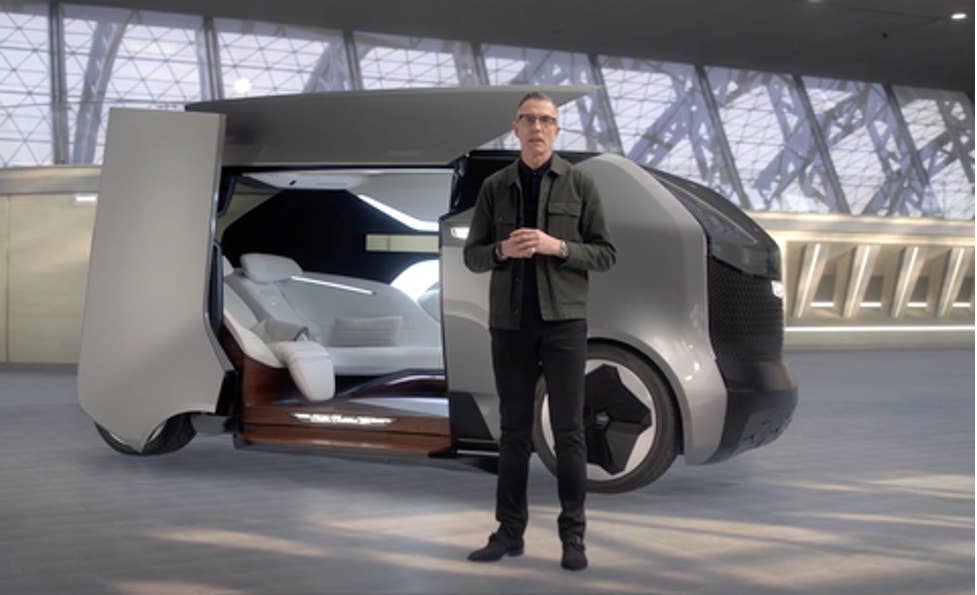By Jeff Tan and Brad Alperin, dentsu International
In this three-part CES 2021 recap series, we’re looking at key themes that emerged as we saw different companies wrestle with what they think will be important. We’re highlighting lessons that this can teach us about consumer, brand and business behavior.
Our second lesson is on why radical empathy is more important than any technology. By thinking foremost about human needs, brands have the opportunity to truly innovate.
Industry loves the concept of disruption and reveres brands that have upended their categories. We try to imitate the disruptors, and this has become part of our lexicon. Start-ups have launched that are nicknamed the Uber of flowers, the Uber of alcohol, and the Uber of grocery delivery.
A core emotion of many large players is the innate fear of being disrupted themselves. New technology can be viewed through the lens of opportunity - think about the promise of security and authentication with blockchain’s distributed ledgers, or the incredible opportunity 5G could bring to almost every industry. But the potential pace of industry disruption causes anxiety too for the underprepared.
So much technology on display at CES was about incremental improvement – doing things better, faster or cheaper. No doubt a ton of this tech will be successful. However, often the most consequential technology doesn’t just improve the old way of doing things. It instead rethinks what the best solution could look like by reframing old problems.
On the virtual CES floor Sono Motors unveiled the Sion solar car, an electric vehicle powered by the sun and completely covered in solar cells. The car essentially posed the question: what if charging isn’t an action done, but something passive. It reconsiders a behavior that we’re accustomed to - filling up at the gas station or plugging into an outlet.

Other technologies questioned whether we need analog devices in order to remove friction from experiences. Bosch unveiled a Perfectly Keyless system that can unlock and start a car using a “digital key” on a smartphone, securely and with precision. An app allows the vehicle owner to grant other people access to the vehicle.

Speaking of vehicles, what if we stopped thinking about them as a set of discrete components, such as motors or batteries? General Motors did exactly that and reimagined one platform. The Ultium electric vehicle platform is flexible, allowing the potential to build a wide range of trucks, SUVS, cars and commercial vehicles. It allows adaptability to power electric vehicles in every segment, to meet the needs of every person. Critically, it provides GM with the capability to manufacture electric vehicles at scale, cost effectively.

GM examined the job to be done of a car and how it could meet passenger needs. At a not-too-distant CES in-person event, perhaps you may well be picked up by a Cadillac Personal Autonomous Vehicle (PAV). The PAV doesn’t really look like a car and is no longer bound by the old principles of what a car “should” be. It provides a space to congregate and socialize - think luxury limo, without the garlic breath of a human limo-driver. Onboard biometrics sensors can detect passenger data, adjusting internal controls to change temperature, humidity lighting and even aromatherapy.

With all these technological examples, the key lesson for marketers is this:
Disruption is about radical empathy, not just technology.
A company could have the smartest, most experienced founders. The best investors backing them. A unique technology. A kickass business model. But unless radical empathy is at the core of the solution, the company will be solving for the wrong problem.
Human beings have needs – they can be stated or unstated, rational or emotion. They’re most interested in solving a problem or getting something done. Companies that want to innovate and disrupt need to understand what these needs are and find better ways to solve for these human needs. The only way to get there is to empathize with them - understanding what a person is thinking and feeling, what they’re hearing, saying, seeing and doing.
Business schools teach case studies about companies including Kodak, Xerox, Polaroid, Yahoo and Blockbuster who all failed to adapt to consumer needs. They confused what they offered with the human need to fulfill.
Yet, companies such as Peloton continue to adapt, evolve and refuse to be bucketed into pre-defined categories. Are they an exercise equipment manufacturer, content company, social network, app company? Our view is - does it even matter? Peloton has done a stellar job tapping into what people want and giving it to them by designing and integrating all of the above.
If radical empathy is critical, take stock of your priorities as marketers. Are you truly thinking customer-need first? Or are you jumping onto a technology trend and hoping for a consumer fit?
Understand what the job to be done is for your customer what they are essentially hiring you to do. By doing so, you’ll ensure that your marketing innovation can truly be at the intersection of human need, technological capability and your own business priorities.
Articles In the CES Blog Series



